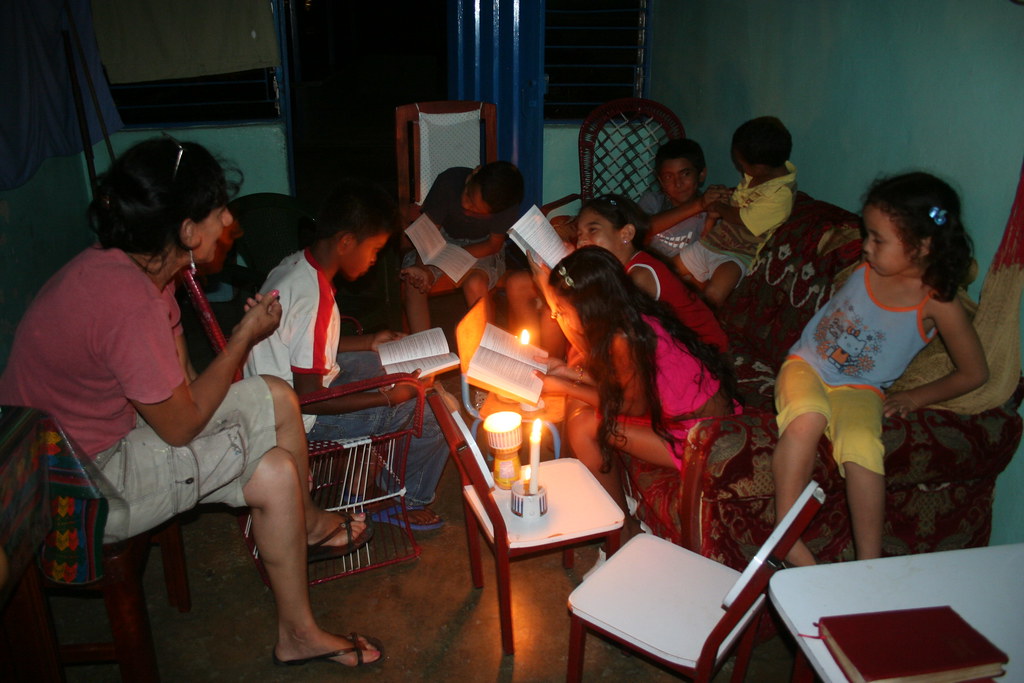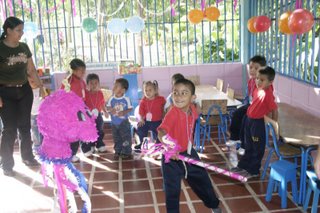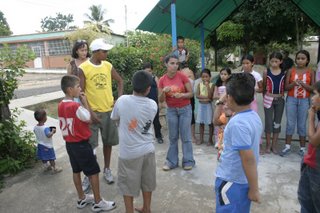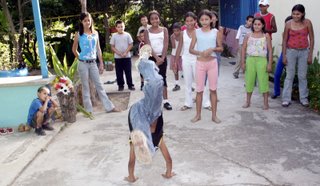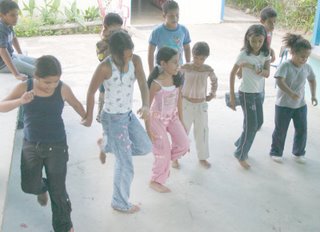In Matthew’s account of the Epiphany, when the Magi came to the house where Joseph, Mary and Jesus were living in Bethlehem, they saw the young child with Mary, and fell down, and worshipped him. Then they presented Him with precious gifts; gold, and frankincense, and myrrh. All of these were gifts fit for a king; but all were used in religious ceremonies of the time as well.
Worship and the giving of gifts to the Lord always have gone hand in hand. The first recorded sacrifice of thanksgiving is found in Genesis 4: 3-4. It appears that both Cain and Abel freely gave the firstfruits of their fields and flocks to God in response to God's blessing. Abel's offering was acceptable in God's eyes, while Cain's offering was not, because the Lord judges the hearts of men. Abel gave an offering in sincere gratitude as Cain sought to gain more of God's favor.
The next mention we have in the Bible regarding the sacrifice is in Genesis 8:20 when Noah exits the ark. Here is the first mention of the construction of an altar and burnt offerings. We do not find any written command from God. This was Noah's grateful response to God's mercy. Abraham built altars and called on the name of Jehovah (Genesis 12: 7-8). We have no idea what kind of sacrifice was offered on these altars, but we do know that they came from a thankful heart (responding to God's grace and promises).
It was not until the covenant made with the Israelites on Mount Sinai that God actually gave the command to build altars and offer sacrifices (Exodus 20:24). God gave Moses plans to support the priesthood of Aaron and his children (Exodus 29: 26-34), and the work of the Levites in the tabernacle, later the Temple of Jerusalem (Exodus 30: 11-16).
In Genesis 14:20 that we find the first mention of the word "tithe" in Scripture. Once again, we do not find any command from God. The tithe was given to Melchizedek, King of Salem, who blessed Abraham after Abraham had won a great victory over the surrounding enemies. In response to this, Abram gave him one-tenth of all spoils of war (Genesis 14: 18-20). In the book of Leviticus 27:30 there is the first mention of the tithe as "belonging to the Lord." The principle was clear: one-tenth of the crops belonged to the Lord, as well as one-tenth of the cattle, sheep, and goats. Moses laid out God's expectations and promises even more in detail in Numbers 15-19; 28-36; Deuteronomy 1-30). In addition to the annual tithe, there were second and third tithes, every two or three years, that included provisions for the poor. In addition to tithes, there were special offerings and a "temple tax."
Today our worship does not require sacrifices of animals to appease God’s righteous anger over our sin. Jesus made that perfect sacrifice once for all on the cross to restore peace between God and human beings. Nor are we required to tithe, as were Old Testament believers. Tithing is not a requirement of the 10 Commandments, which are God's universal moral law that still guides us today. Rather, it is part of the ceremonial law of the Old Testament, which separated the people of Israel from other nations, taught them about the holiness and justice of God, and pointed the way to the coming of Jesus Christ. As with animal sacrifices, circumcision, and special dietary practices, tithing is not required of those baptized in the new covenant in the blood of Christ.
As we read in the book of Acts, some of the early believers sold everything they had and gave it to the church, but not as a way to justify themselves before God. Ananias and Sapphira were not condemned because they did not tithe, nor because they did not give a certain amount, but because they lied and therefore were not faithful to God (Acts 5: 1-9). As we read in the Epistles, caring for the widows, orphans, and the less fortunate. Loving and caring for others it is a manifestation of the love with which God first loved us in Christ. The quantity of the offering is not what matters to God. In Luke 21:1-4 and Mark 12:41-44, Jesus observes that the offering of a poor widow meant much more than the larger sums of money that the rich men gave of their abundance.
Now, as God's redeemed people and a royal priesthood, we are privileged to bring our offerings, as well as praise and prayers, before God's altar. The offering, or sacrifice of thanksgiving, is a confession and recognition that everything we possess and all the good things in life belong to God, and that He alone is the source of all blessings.
In 1 Corinthians 16: 1-2, Saint Paul speaks of an offering that he is gathering from the churches in Galatia and Macedonia for the believers in Jerusalem who suffered from hunger. Several points can be learned from this verse. First, our offering should be regular, "the first day of the week." The first day of the week is Sunday when the first Christians worshiped. For the sake of order and proper worship, St. Paul suggests that Christians put their donations on a regular basis by giving at every Sunday service they attend. We have here the first mention of Sunday as an appropriate day for public worship, although it is not the exclusive day for church services, and it is not reserved by divine mandate.
As early as the fourth century A.D., the time of St. Augustine, it was customary for believers to place their offerings on the altar before receiving the Lord’s Supper. The Lutheran liturgy in its current form reflects this ancient practice. The offertory combines the offering with songs of praise and prayers of intercession in anticipation of partaking of the Lord’s body and blood. The offering isn’t a break in the Divine Service, but an act of worship.
Now, as the story of the poor widow shows, coins of gold, silver and copper were presented as offerings in ancient times. In modern times, metal currency was largely replaced by paper, either government-issued bills or checks. In our congregational life, cash or checks are what we have come to expect in the collection plate. That was true where I grew up, and, until recently, in Venezuela, too.
Cell phones and empty wallets
In the science-fiction magazines that I loved to read as a boy, there was the expectation that by the 21st Century electronic transfer of computerized “credits” would supercede paper money. I was thrilled, because, of course, I was sure I would live to see this future world, which also would include flying cars and vacations on the moon and Mars. I am as old as my grandfather was then, and the future is not what it used to be.
Venezuela is close to being a cashless society, in part due to technological advances, but also because of the hyperinflation that has made Venezuelan currency completely worthless. Almost all financial transactions are done via debit/credit card or cellphone, which nearly everyone has. Even street vendors have wireless point-of-sale devices, and no one writes checks because electronic payment with a card or cell phone is almost immediate. Any cash payments are in US dollars or Colombian pesos that have somehow filtered across the border, but still are not available from banks. In fact, all prices are posted in dollars and if you don't have dollars, you have to ask what the rate of exchange is at that moment in time to make your electronic transfer. People who do not have access to electronic account transfer or foreign currency have largely gone back to the barter system.
The problem for us is, if no one carries cash anymore, what’s left to put in the collection plate? Again, it’s not the quantity collected, it’s actually having something to place on the altar as part of our worship.
Of course, we can give people the data to make electronic deposits to the missions account and we certainly will. But what of the visible, public confession that is the offering? One alternative is having people write the amount of their electronic deposits on a piece paper and put it in an envelope for the offering. We also will renew our effort, which we started some time ago, to encourage offerings in kind. Clothes, food, household items whatever they may have to share.
To be sure, online banking enables to receive your donations and continue our service to our people in these difficult economic times. Thanks to all who contributed to Epiphany Lutheran Mission this past year!
Prophetic puppet show
We
started a vacation Bible school for the children of the Las Lomas
Sector on Epiphany, January 6, 2021. There were 38 children in attendance the first day, 36 on the second, and 38 on the third.
The theme was "The Law and the Prophets point to Christ." Moses, Elijah, and John the Baptist spoke to the children in the form of puppets. Every day of the vacation Bible school there was time for crafts, games, snacks and finally, prizes for everyone. We still use puppets made for us in 2003/2004 by Nancy Kapernick and volunteers from Woodbury Lutheran Church of Woodbury, Minnesota, and St. Michael’s Lutheran Church of Bloomington, Minnesota.
We find the story of the Epiphany, or the visit of the Magi, in Matthew 2: 1-23. Among the four gospels, the Gospel according to St. Matthew in particular emphasizes the fulfillment of the Messianic prophecies of the Old Testament in Jesus Christ.
The first people who paid homage to Jesus from outside Bethlehem were the wise men from the East. In their exile in the eastern regions of Palestine, the Jews spoke of the prophecies of the Messiah, the King of kings and Savior of the world promised in the Old Testament books from Abraham to Moses and prophets like Elijah. They had heard the prophecies as legend and guided by a star, the magi traveled to the land of the Jews.
The season of the Epiphany ends with the celebration of the Transfiguration when Moses and Elijah appeared next to Jesus. Also in the Epiphany season we celebrate the baptism of our Lord by John the Baptist, the last of the old covenant prophets with Israel.






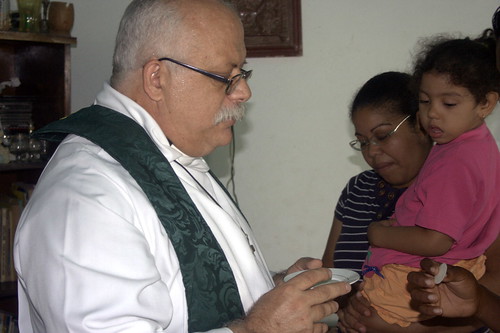
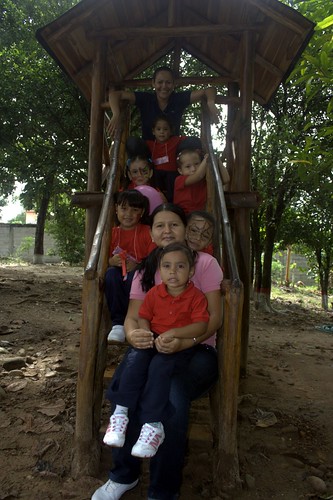
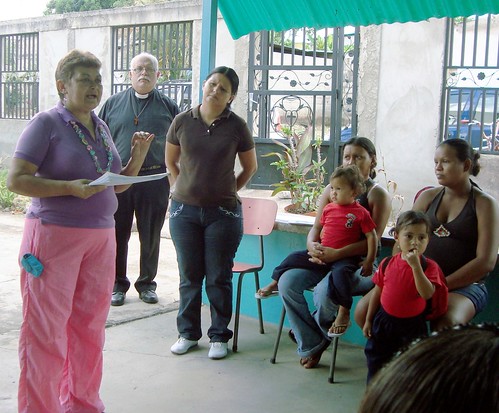
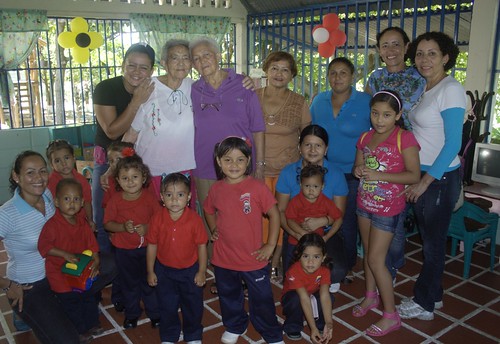


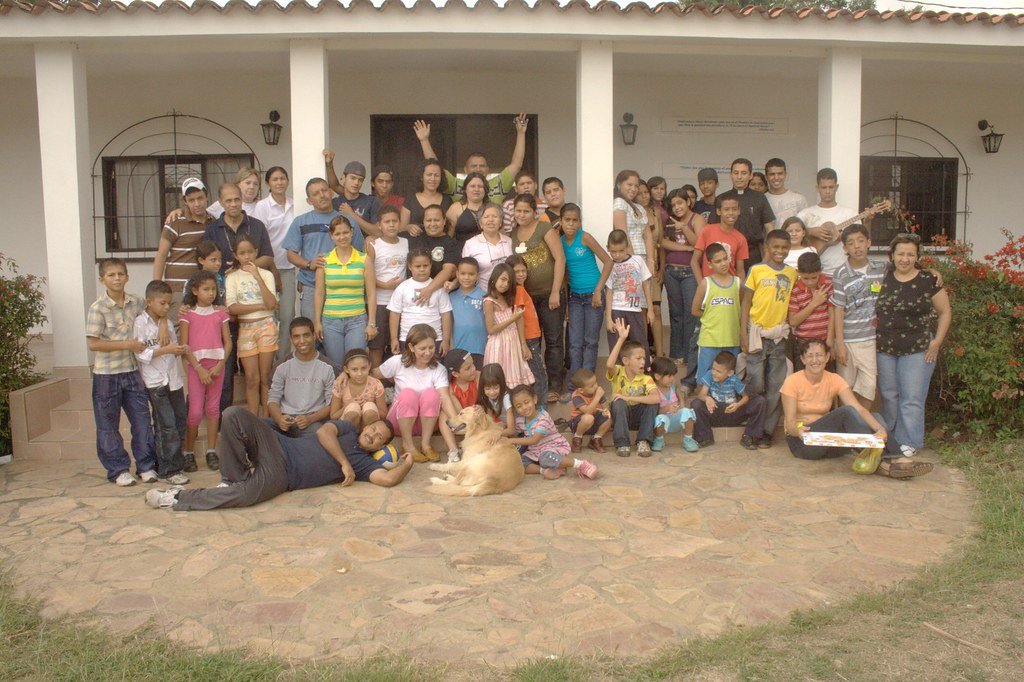



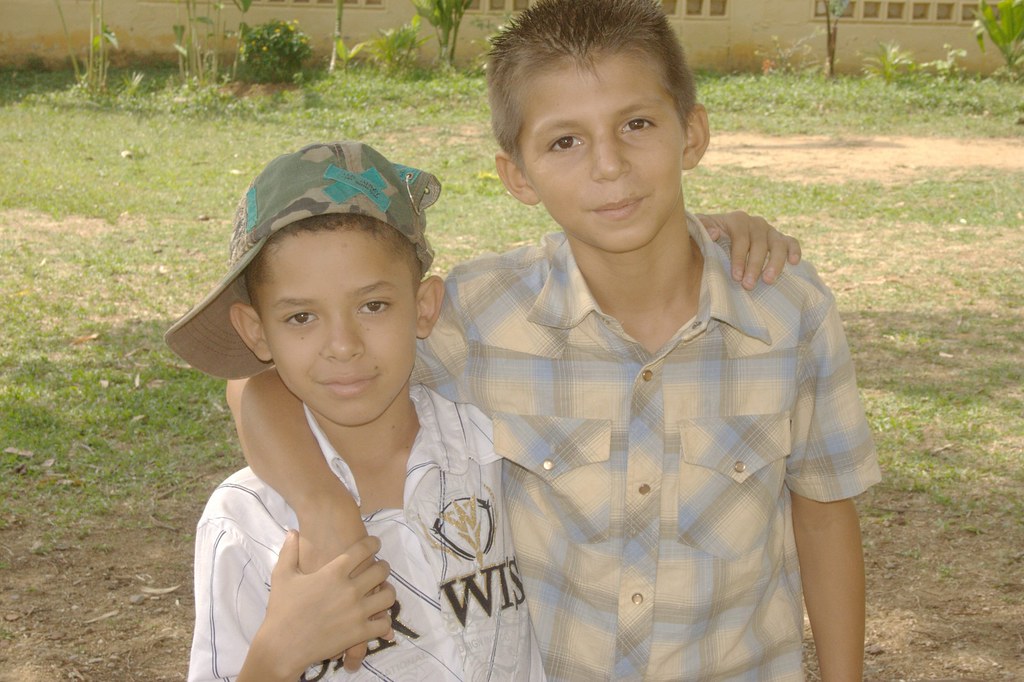
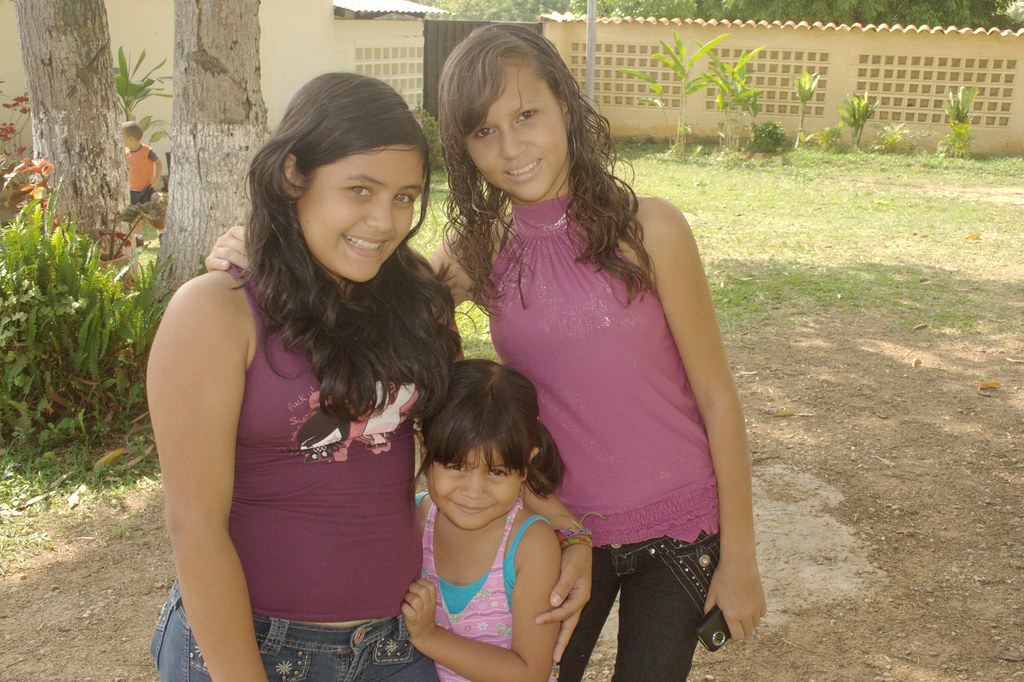

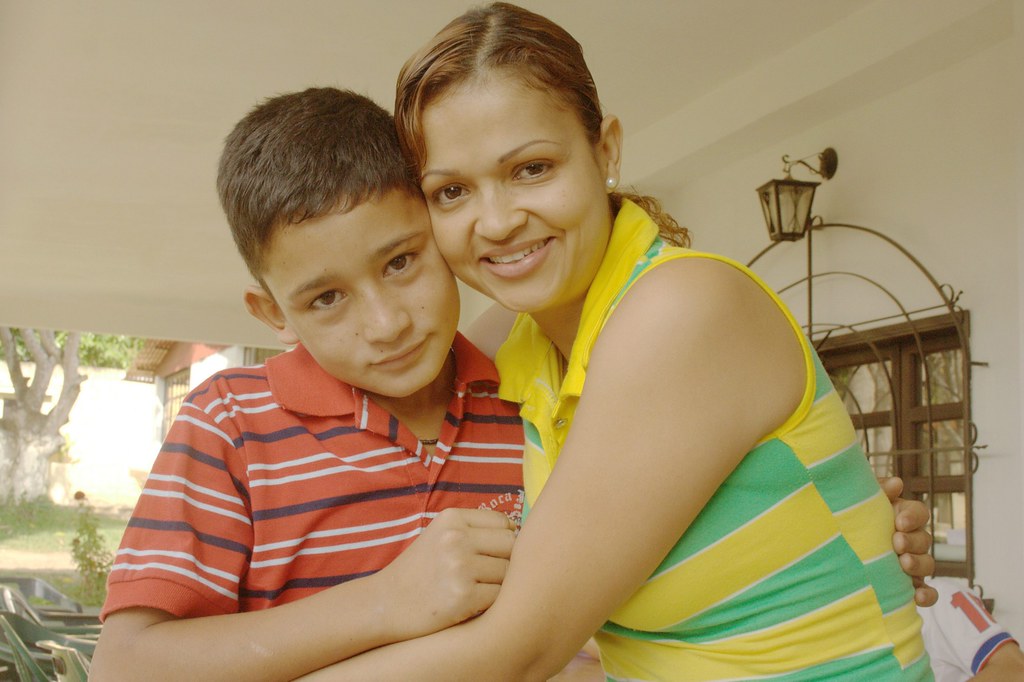
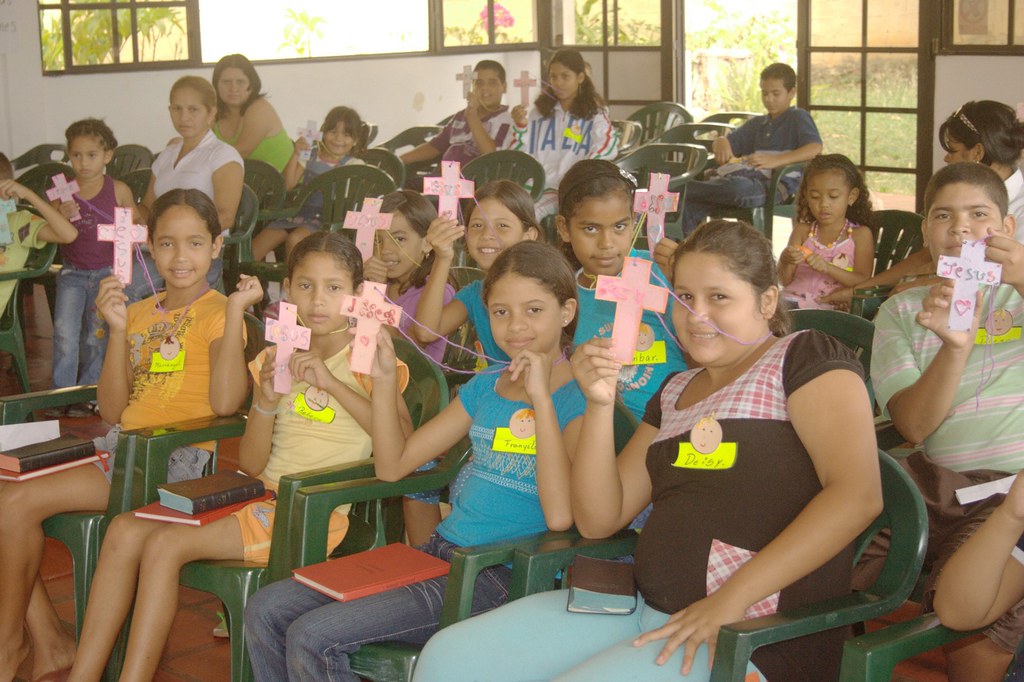

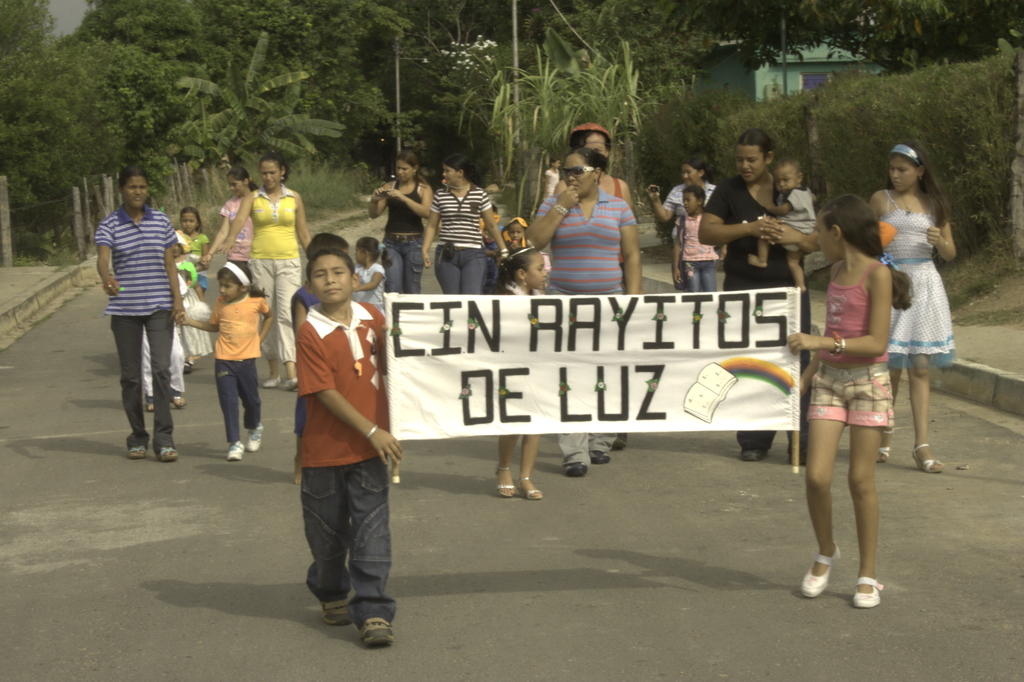
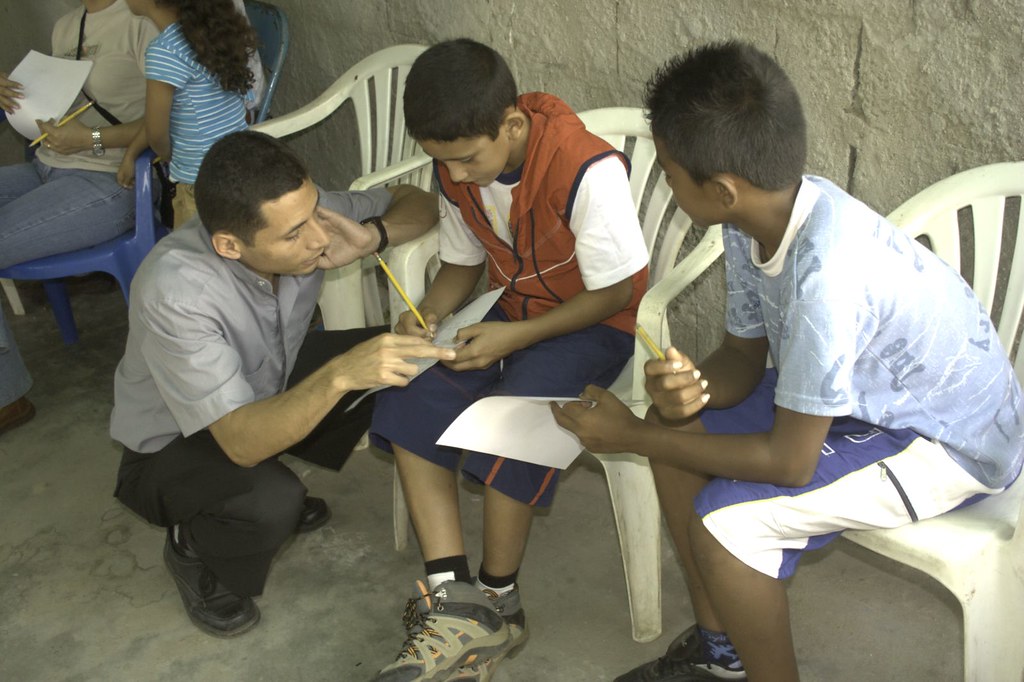

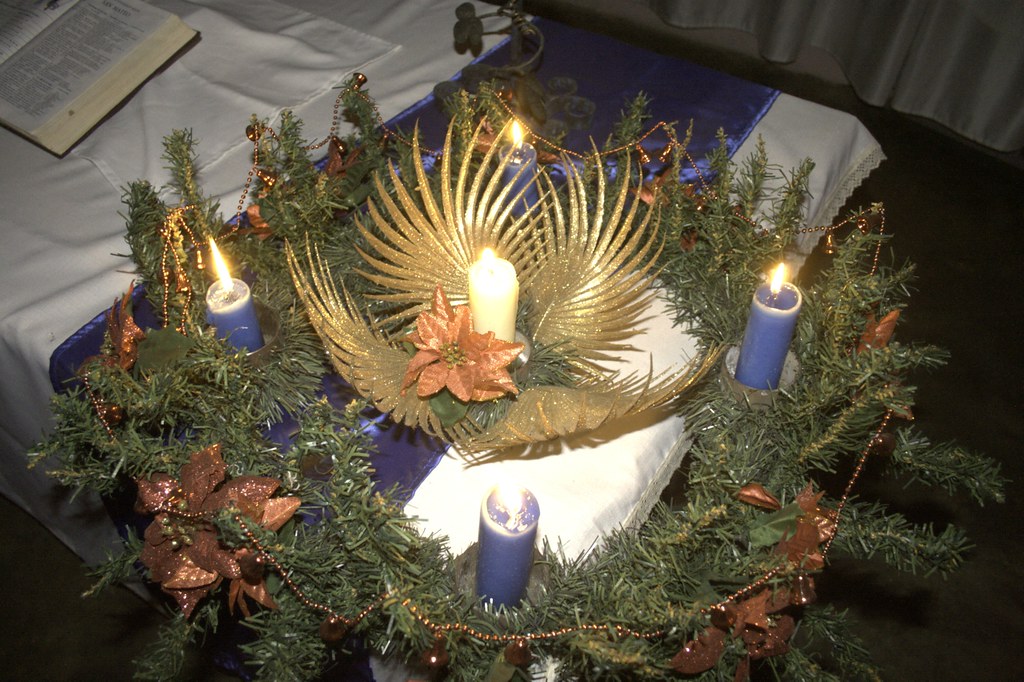


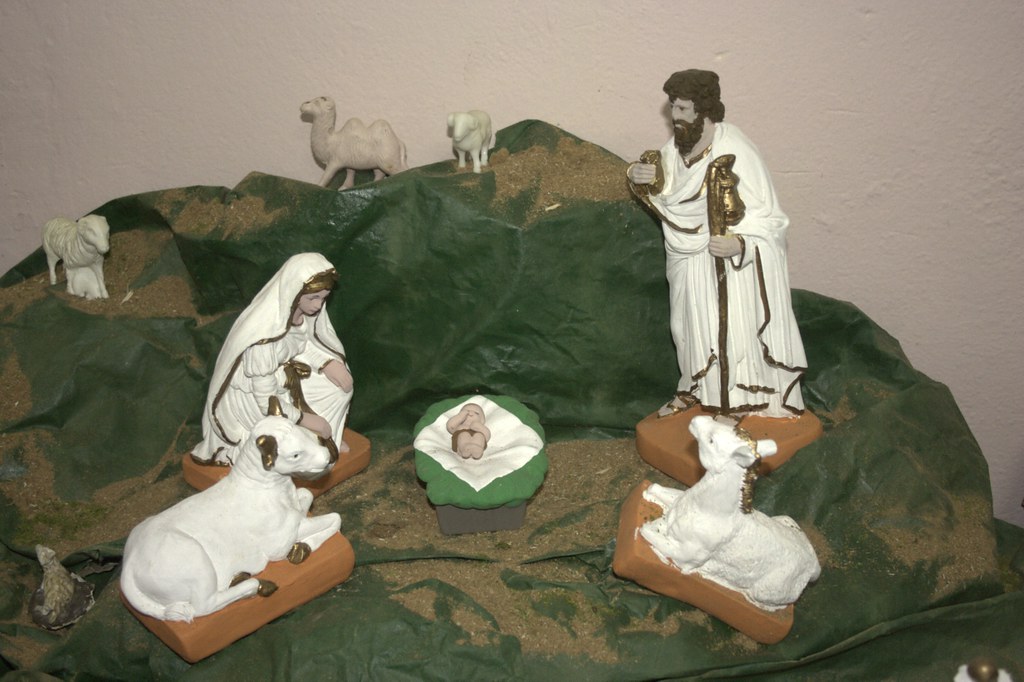


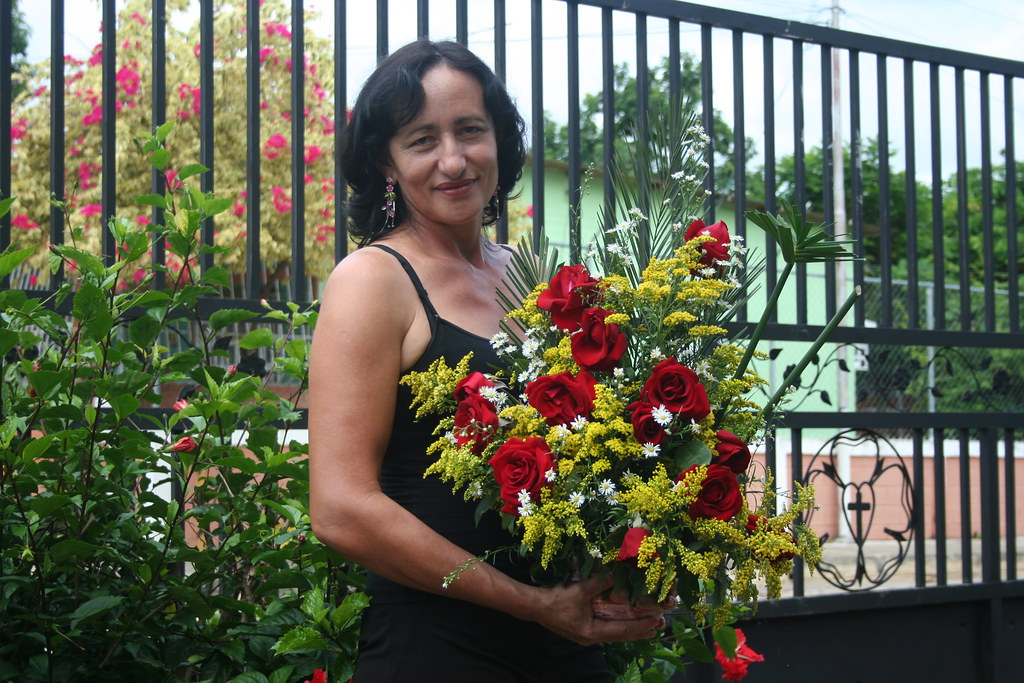
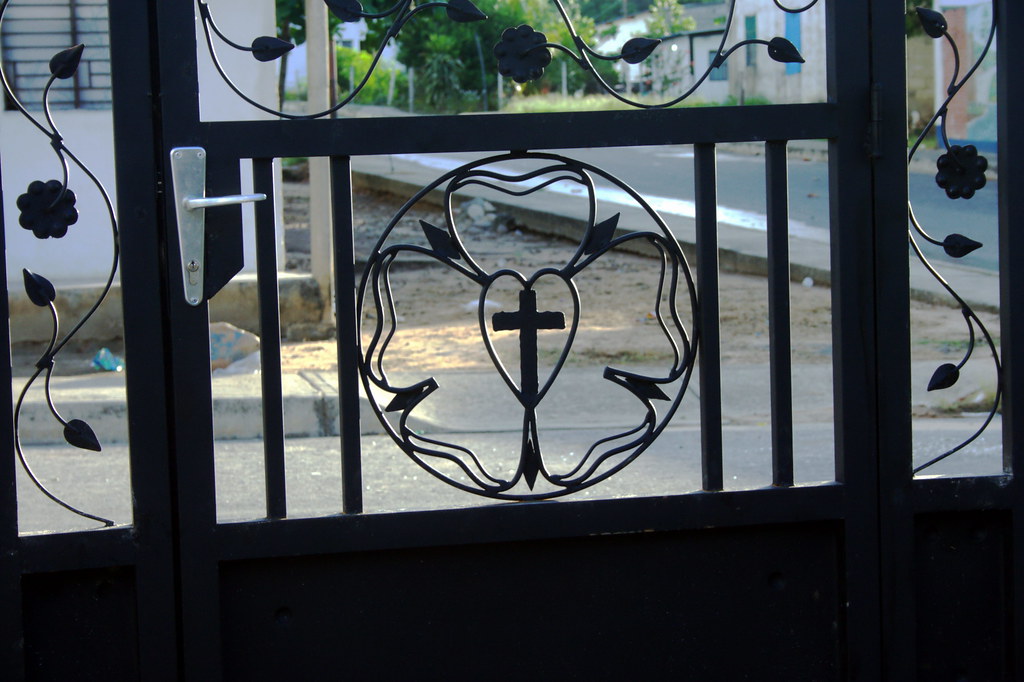
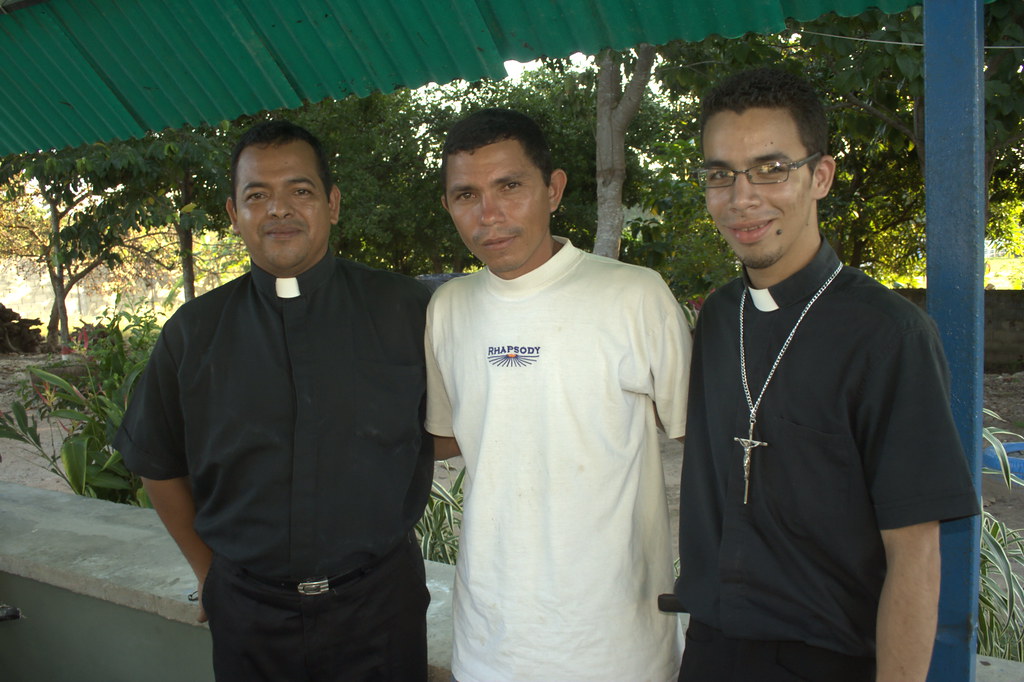 On Sunday, October 19, Pastor Adrian Ventura, president of the Lutheran Church of Venezuela, visited Barinas. That morning at Corpus Christi Lutheran Church, Eduardo played the guitar, I led the opening Service of the Word, and Pastor Adrian preached and administered the sacrament of Holy Communion. His sermon was excellent, but perhaps the most notable aspect of the service was that as it was underway, Venezuela experienced its
On Sunday, October 19, Pastor Adrian Ventura, president of the Lutheran Church of Venezuela, visited Barinas. That morning at Corpus Christi Lutheran Church, Eduardo played the guitar, I led the opening Service of the Word, and Pastor Adrian preached and administered the sacrament of Holy Communion. His sermon was excellent, but perhaps the most notable aspect of the service was that as it was underway, Venezuela experienced its 